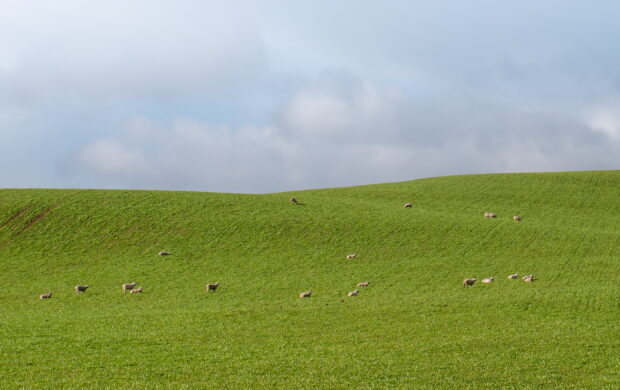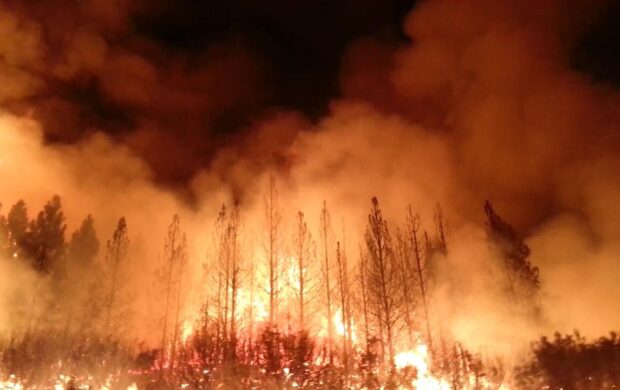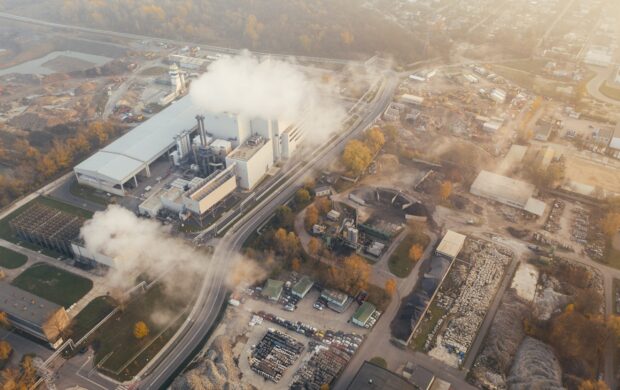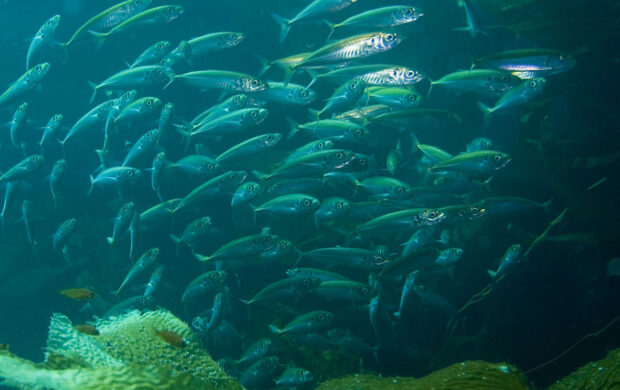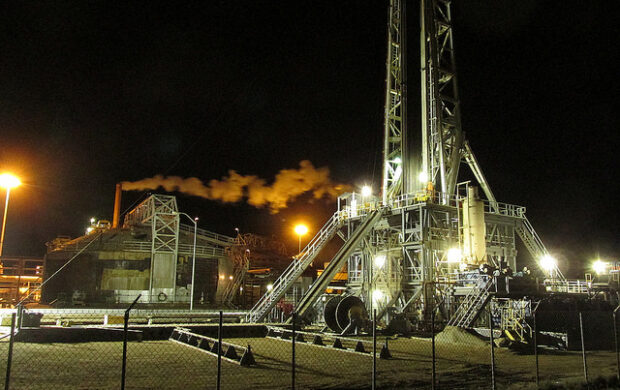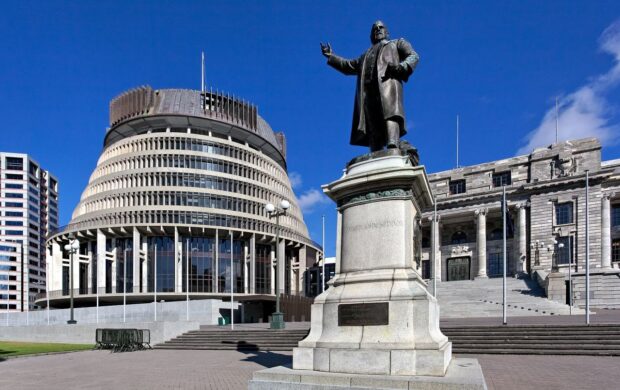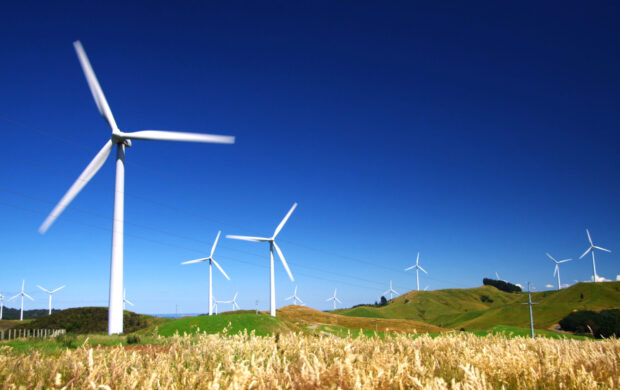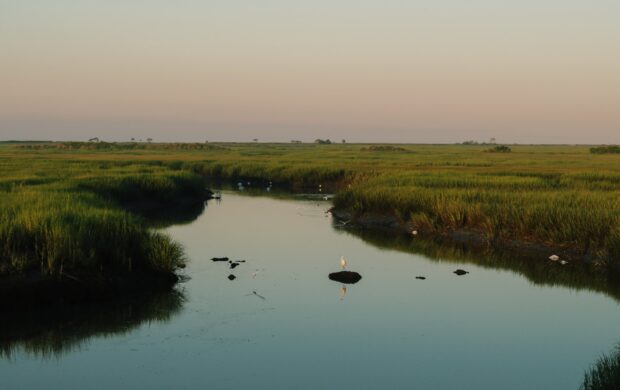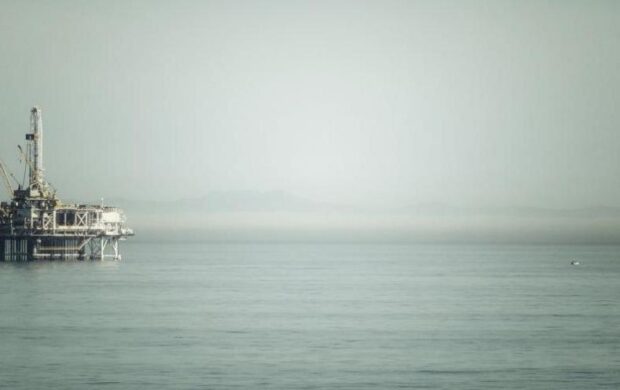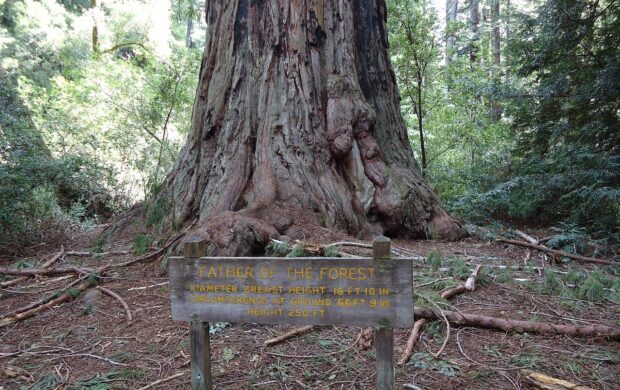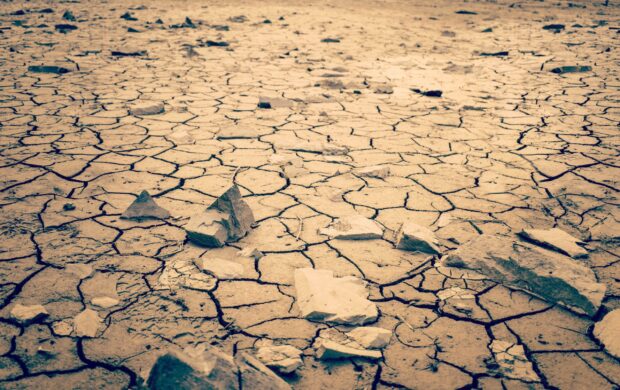New research suggests that glacier-led, freshwater rivers in northern Canada can sequester carbon from the atmosphere at a rate faster than the Amazon rainforest. The discovery was made by a team of biologists from the University of Alberta, who measured dissolved carbon dioxide in meltwater samples from Lake Hazen (Nunavut), as well as the Rocky Mountains and Greenland.
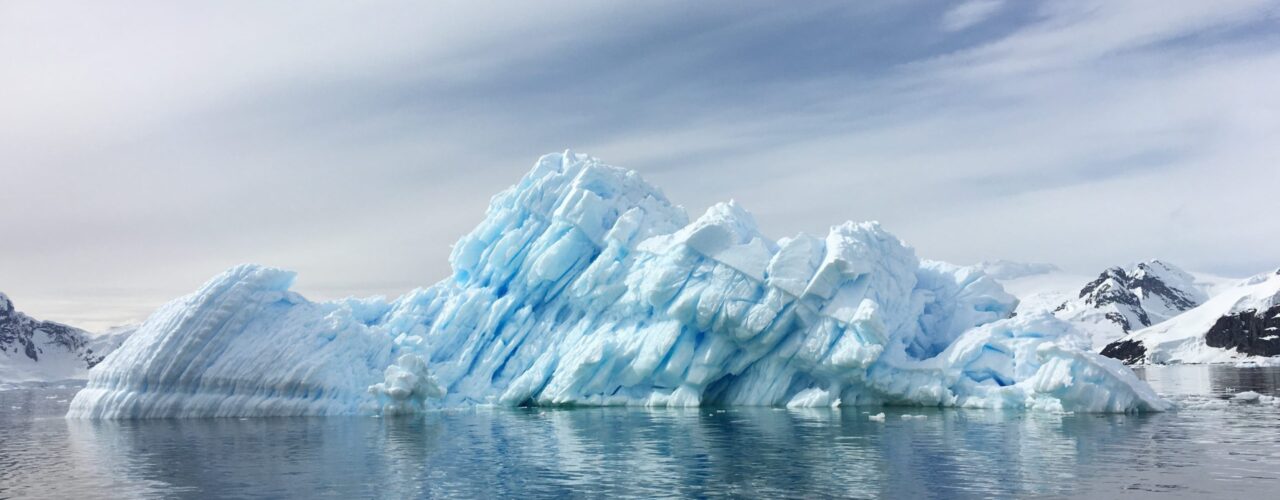
The findings overturn conventional wisdom on rivers as sources – rather than sinks – of atmospheric carbon. This is attributed to the biological activity of organisms that populate them, such as photosynthesis, respiration and decomposition. Glacial rivers, on the other hand, are mostly abiotic as a result of their freezing temperature and high turbidity, leading to far less carbon output. Their ‘milky’ appearance comes from the vast amounts of mineral-rich sediment created by glacial advance and retreat. As sediment mixes with meltwater and atmospheric gas, it undergoes a series of reactions called ‘chemical weathering’. The weathering of minerals affects water chemistry by producing alkalinity, which in turn prompts CO2 absorption as far away as 42 kilometres from the river source.
The scientists concluded that glacial rivers will absorb up to 40 times more carbon dioxide than the Amazon rainforest during high melt seasons. To be clear, this is on a per-metre-squared basis as the rainforest spans 6.7 million square kilometres in total, eclipsing that of a glacial watershed. Future research will investigate how common this weathering phenomenon is across different high-latitude, high altitude regions around the world.

